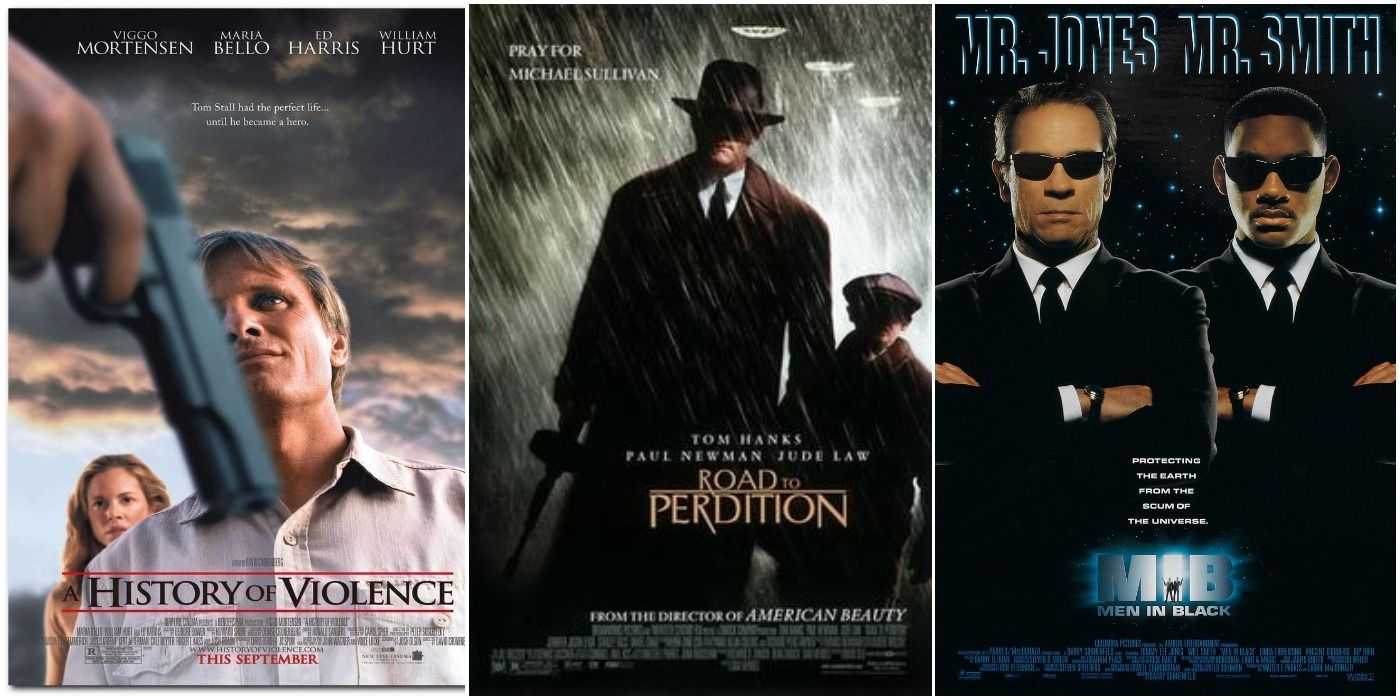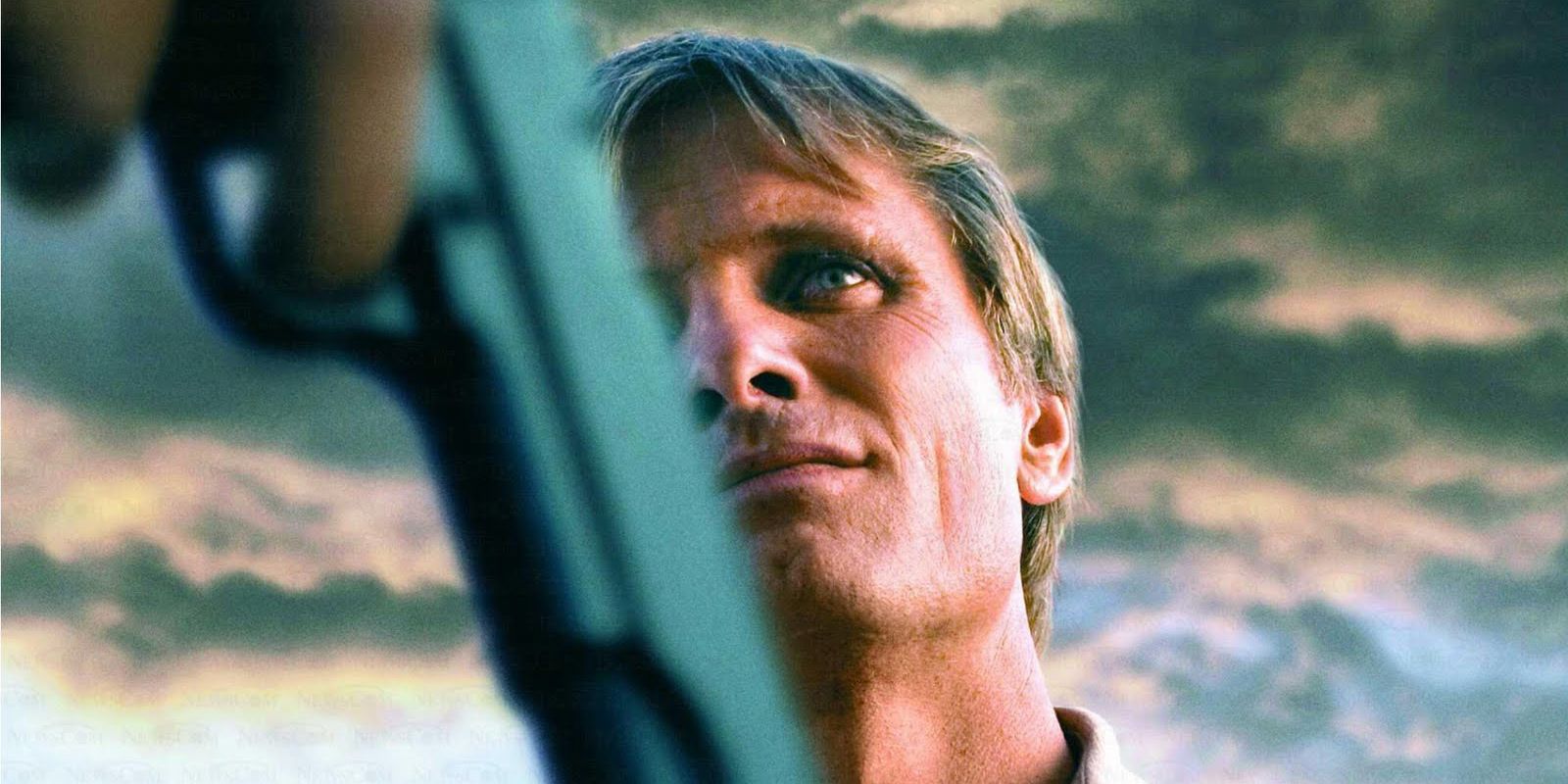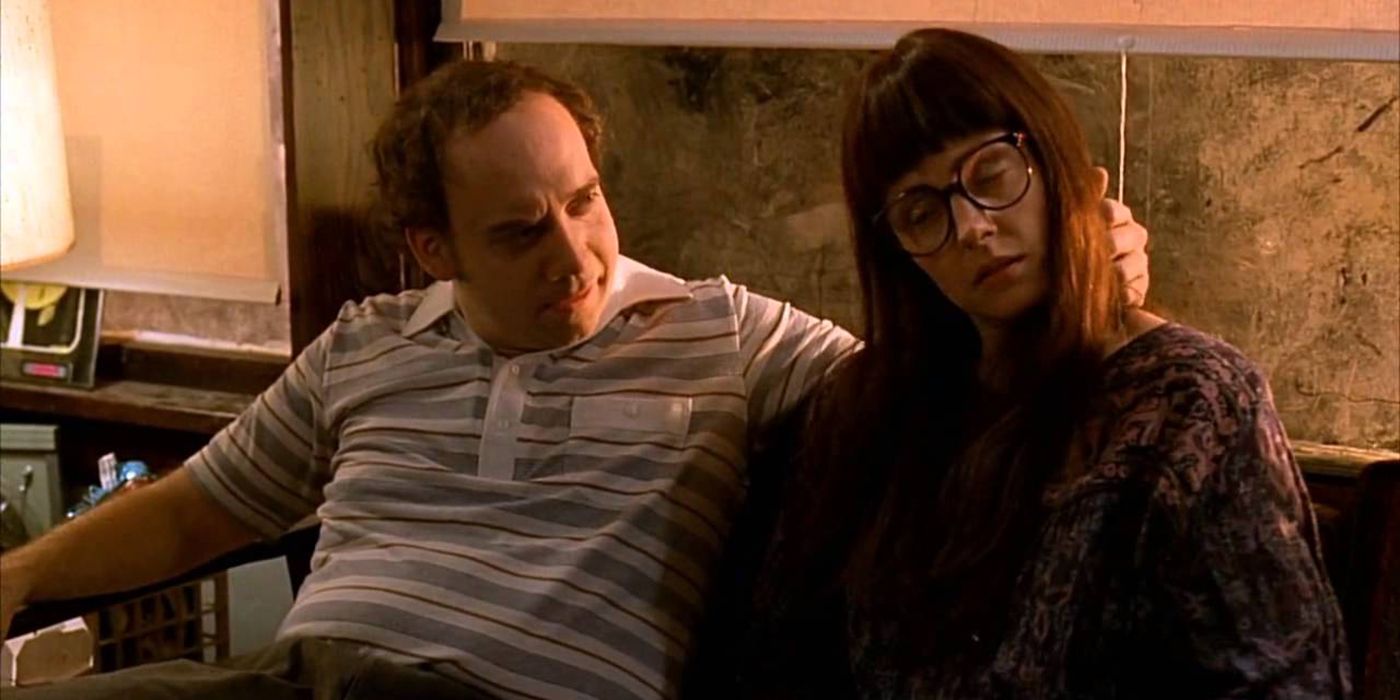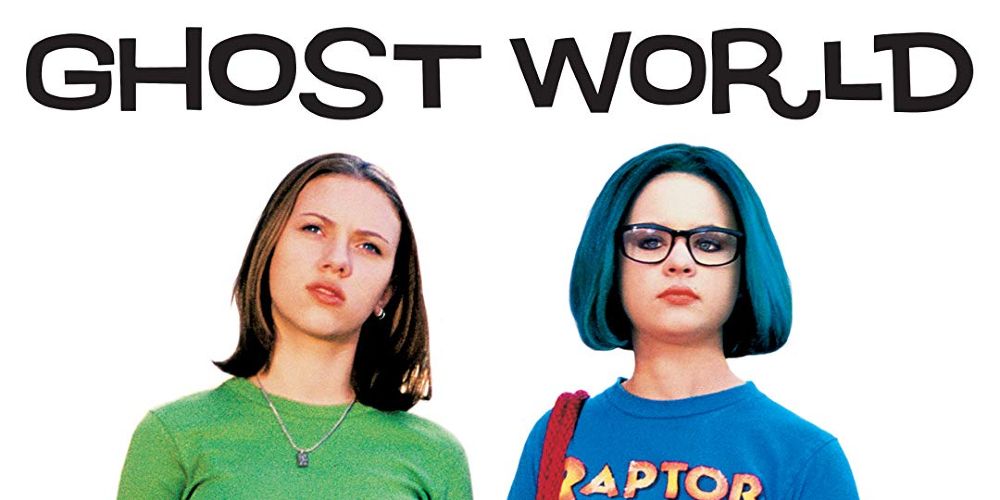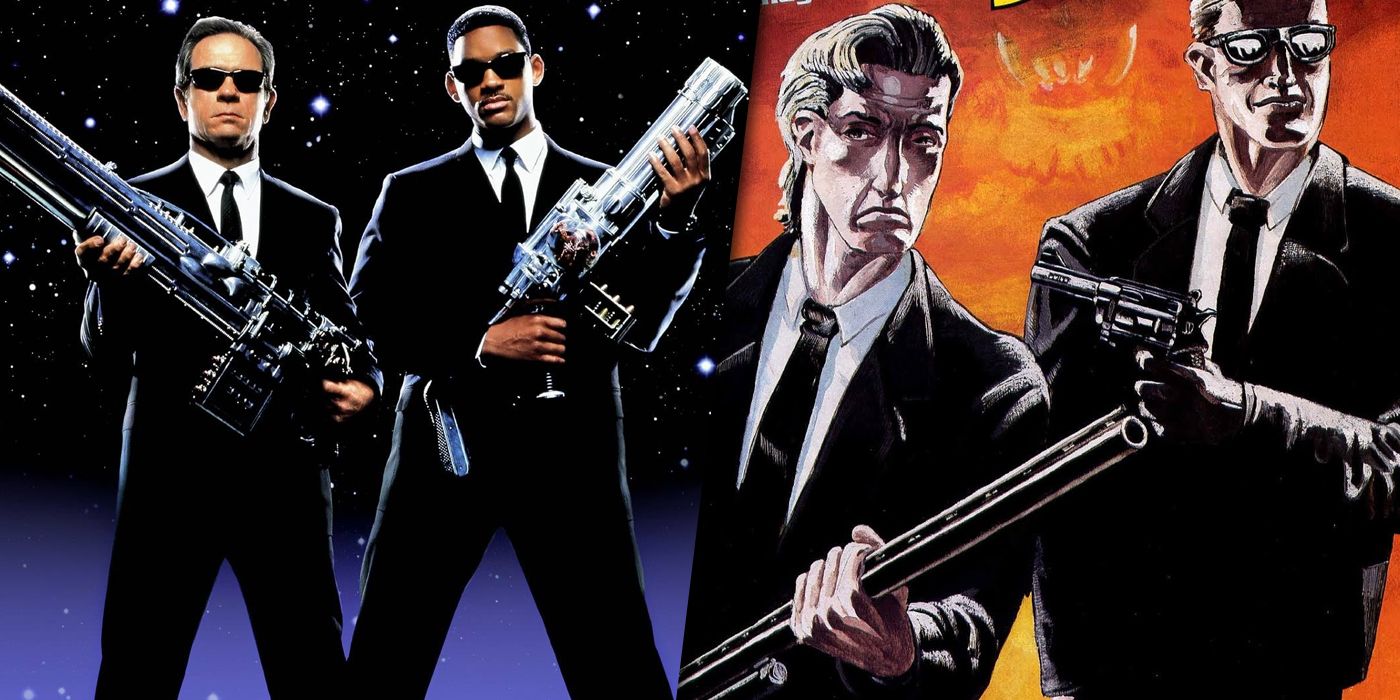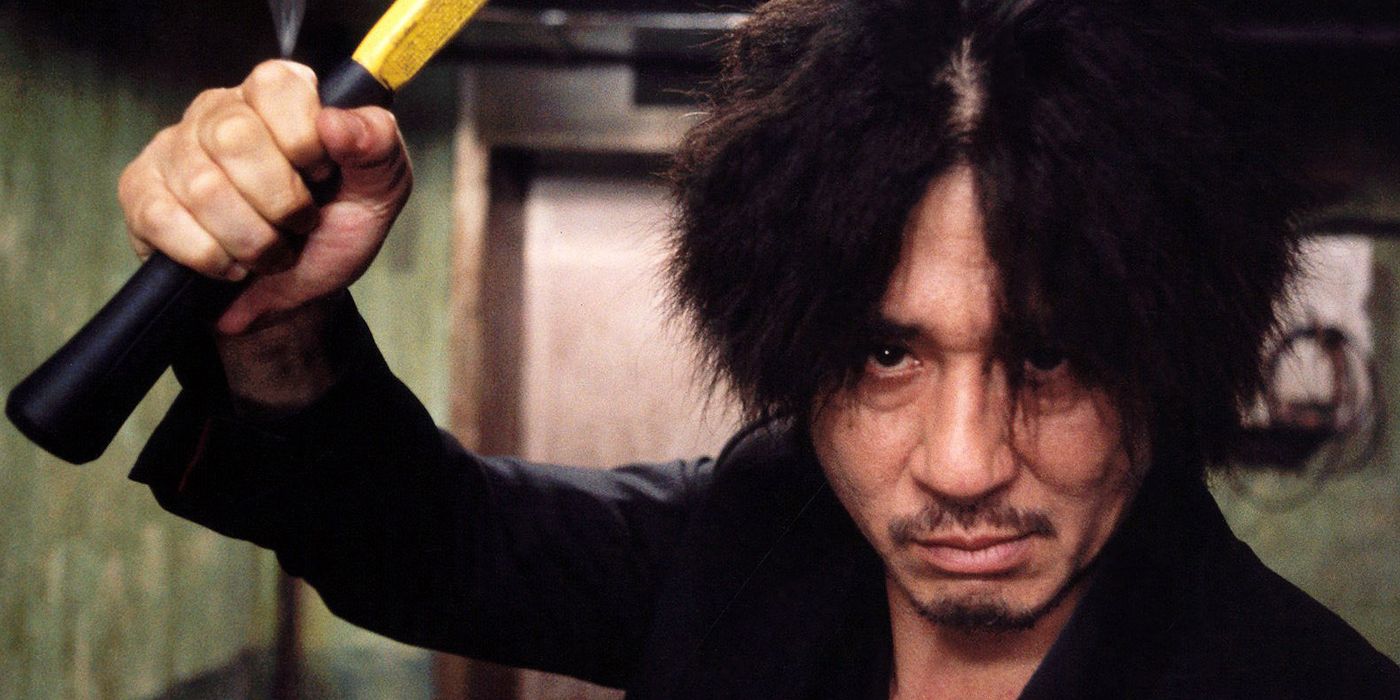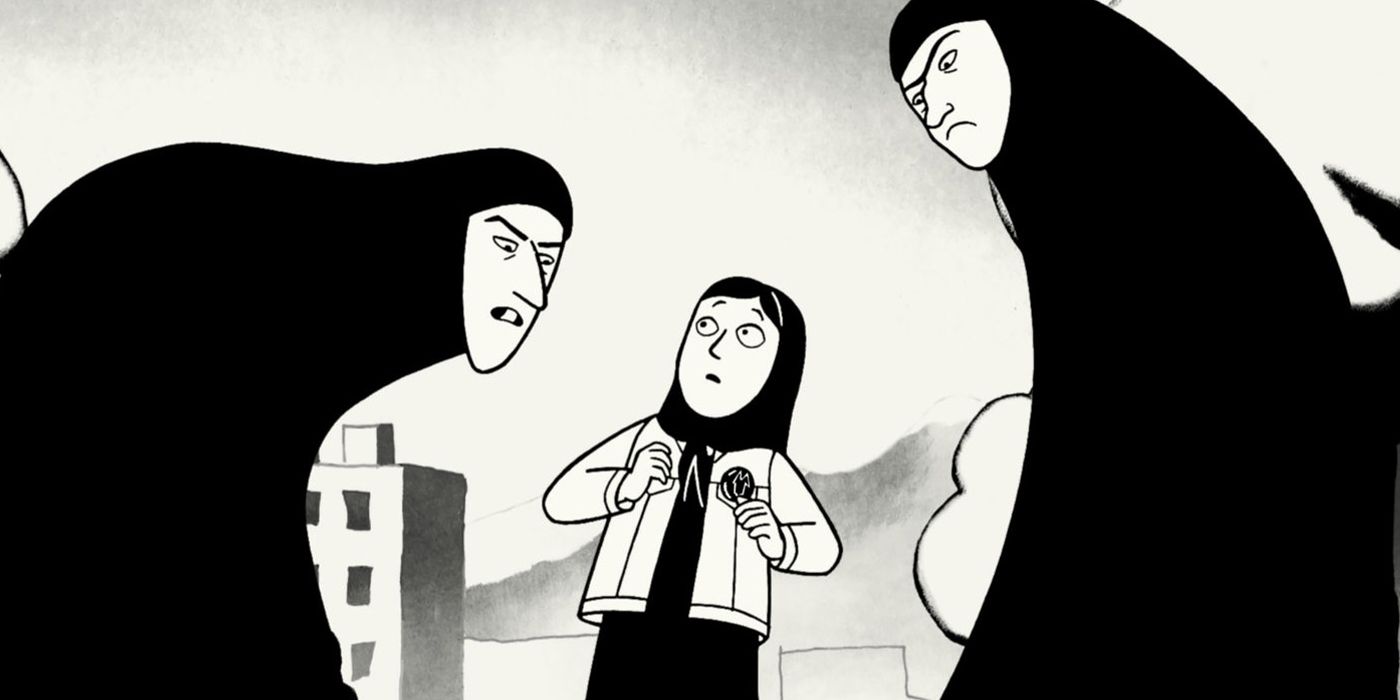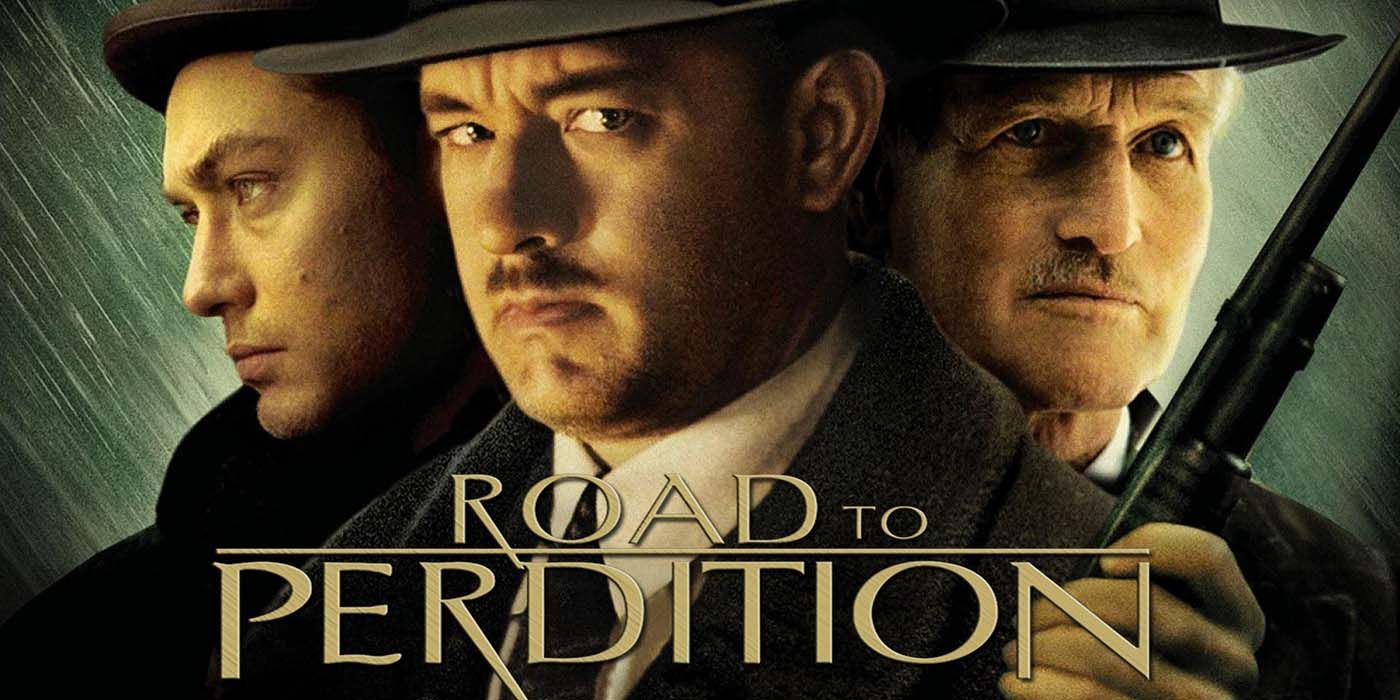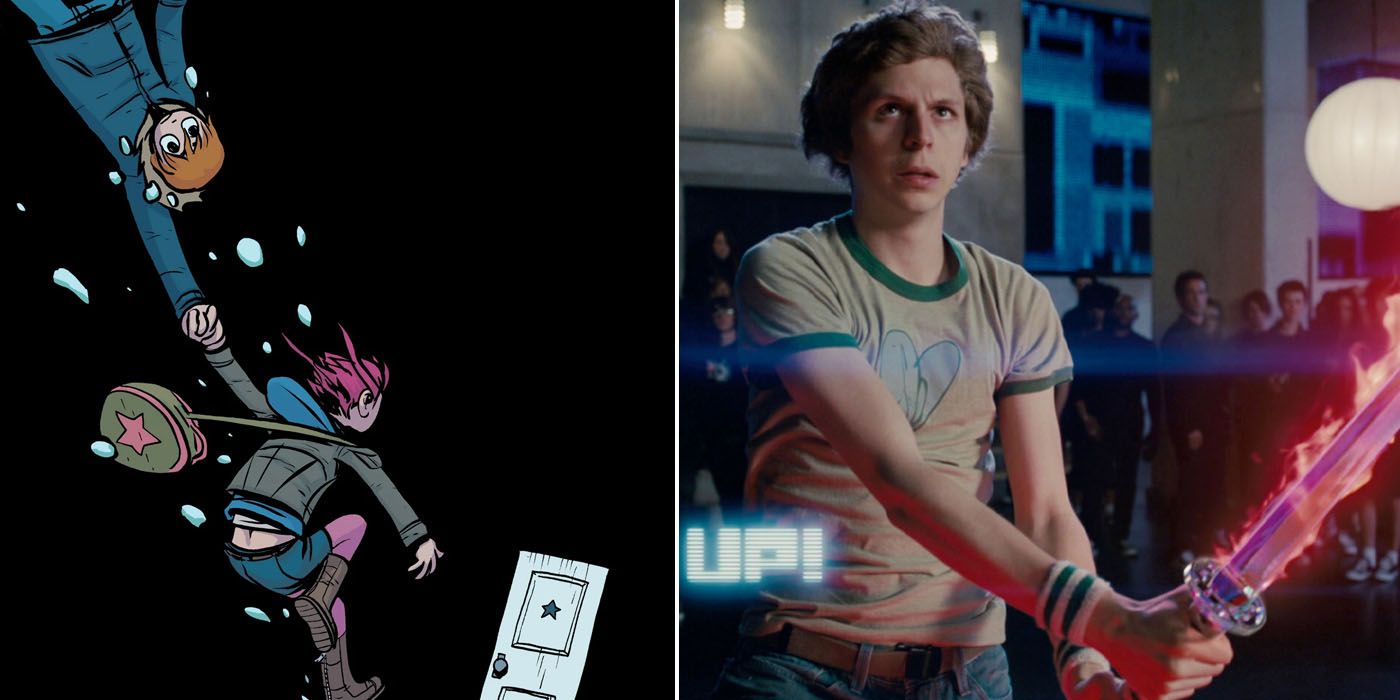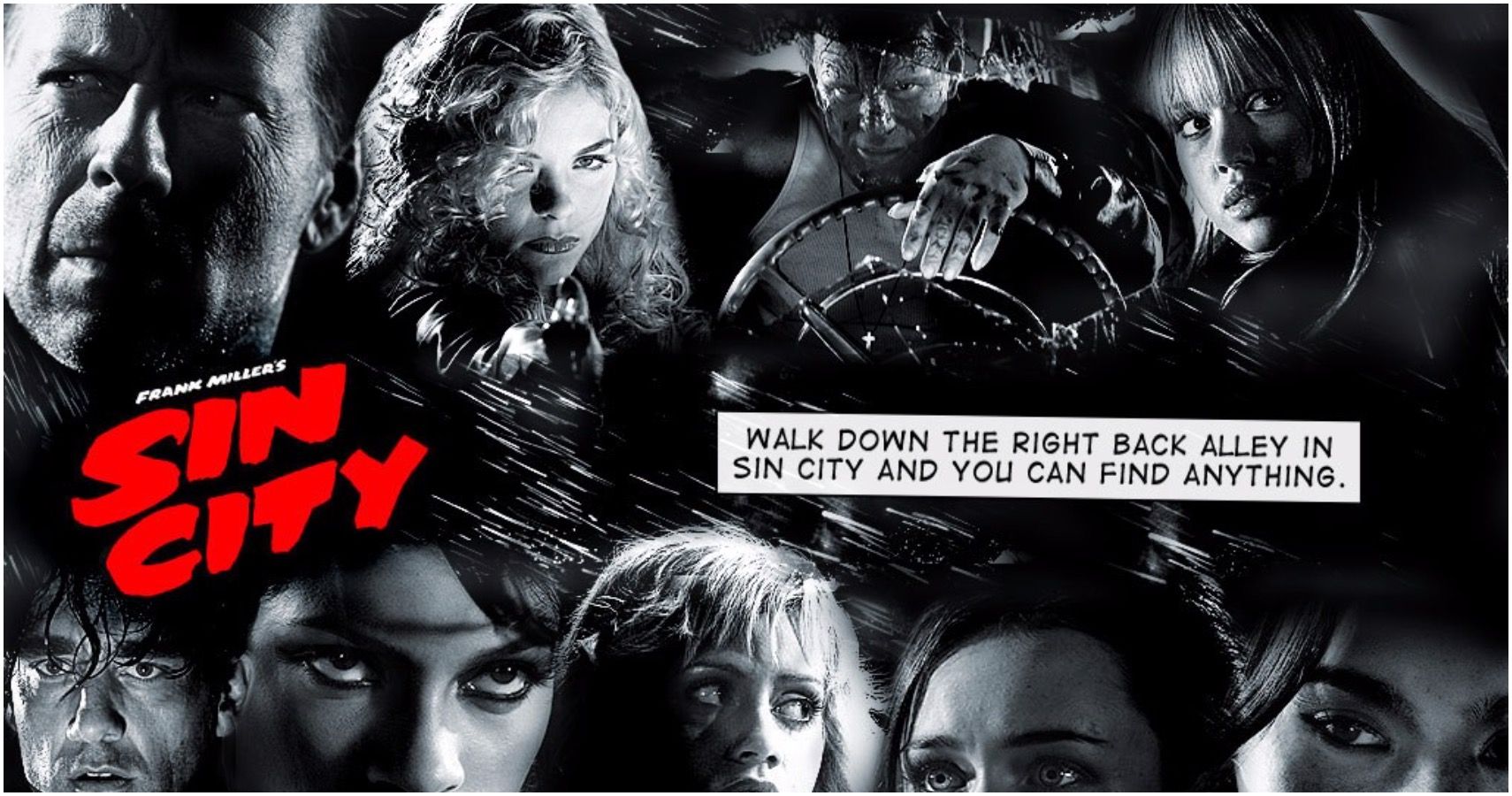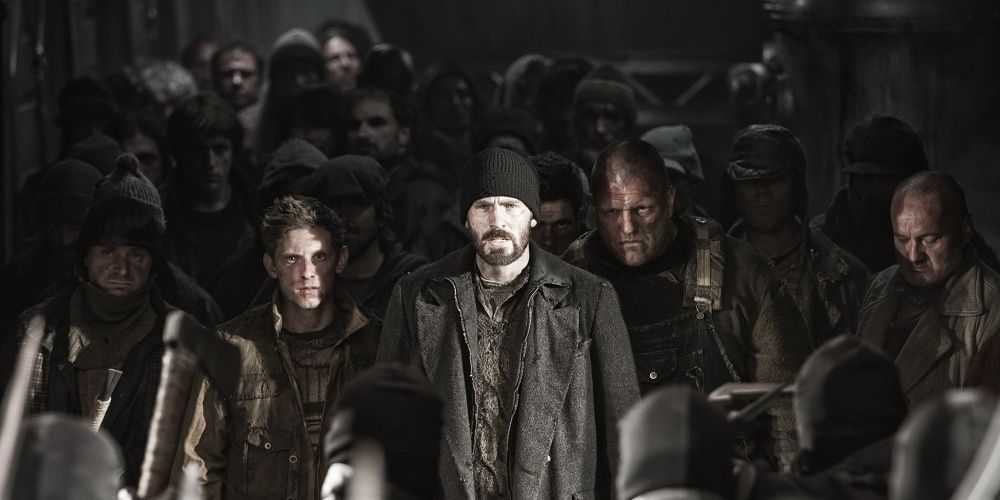Superman's 1938 debut in Action Comics #1 is the origin story of the superhero genre. More than two decades later, the Marvel revolution of the 1960s solidified superheroes as the dominant genre of American comics, beating out competitors such as horror, sci-fi, and romance comics.
With most comics being about superheroes, most comic book adaptations have been too, especially since Hollywood grows ever more obsessed with producing IP films. However, there are some non-superhero comics that have made it to the big screen.
10 "A History Of Violence" Is A Crime Thriller In Novel & Movie Form
In 1997, Judge Dredd co-creator John Wagner teamed with artist Vince Locke to create the graphic novel A History Of Violence. Eight years later, David Cronenberg adapted the story for theaters. Tom Stall (Viggo Mortensen) becomes a local hero after foiling robbers at his diner in small-town Indiana. Soon, however, this attracts unwanted attention from Stall's past. A History Of Violence feels like a halfway point Cronenberg—the character-centered drama is a forebear of his 21st-century Prestige Picture stage, but the bursts of violence recall his roots in body horror.
The film owes a debt to Hitchcock’s Shadow Of A Doubt, particularly the theme of violence infecting suburbia. This being a Cronenberg picture, the violence manifests carnally—compare the initial tender love-making between Stall and his wife Edie (Maria Bello) to their later, violent passion on the stairs. Plus, William Hurt's exasperated “How do you f*** that up?!” is simply one of the funniest line deliveries ever.
9 "American Splendor" Is An Experimental Autobiography
Cleveland comic scribe Harvey Pekar used comics for an autobiography with American Splendor. The movie, co-directed by Shari Springer Berman and Robert Pulcini, was faced with being an adaptation of an adaptation; the filmmakers decided to embrace this. The film American Splendor is thus half dramatization, half-documentary.
Interviews of the real Pekar and his wife Joyce Babner are inter-spliced with recreations of the comic featuring Paul Giamatti as Pekar and Hope David as Babner. On top of that, the film incorporates animated recreations of Pekar's drawings into its scenery. Comic book movies usually aren't classified as formally daring, but American Splendor is the exception.
8 "Ghost World" Feels Like The Type Of Films Other Comic Book Movies Compete With
2001's Ghost World, directed by Terry Zwigoff, is the type of offbeat, ennui-fueled, character-focused indie picture which since the 2010s have been pitched as the opposite, or antidote, to comic book movies. Ironic then, that it's based on a comic itself; indeed, the comic's author Dan Clowes co-wrote the script with Zwigoff.
Enid Coleslaw (Thora Birch) and Rebecca Doppelmeyer (Scarlett Johansson) are two detached High School graduates unable to connect with people aside from each other. As the story, which could easily be called "A Tale Of Two Darias," unfolds, even their own relationship deteriorates as Enid befriends loner Jazz aficionado Seymour (Steve Buscemi), all the while letting life and opportunity pass her by.
7 "Men In Black" Debuted Just Before The Comic Book Craze
Before X-Men proved there was a market for A-List superhero films not starring Superman or Batman, Hollywood tended to pull from more obscure comic books for adaptation. One of the most successful examples was Barry Sonnenfeld's 1997 Men In Black, based on an obscure, six-issue 1990 comic by Lowell Cunningham and Sandy Carruthers.
Taking a decidedly lighter tone than the comic, Men In Black rests on the charisma of its stars. Will Smith and Tommy Lee Jones as Agents J and K excel as a "salt and pepper" buddy comedy duo, while Vincent D'Onofrio gives a masterclass physical performance as an alien "Bug" wearing a person-suit.
6 "Oldboy" Has Its Roots In Manga
Park Chan-Wook is one of the most acclaimed directors working in his home country of South Korea, but for international audiences, he'll always be most well-known for Oldboy. The film centers on Oh Dae-su (Choi Min-sik), a man imprisoned in a hotel room for 15 years who, upon emergence, attempts to discover the purpose behind and avenge his abduction.
Though Park Chan-Wook's most famous film, Oldboy is not entirely his work. It is based on the 8-volume Oldboy manga by Japanese writer and artist team Garon Tsuchiya and Nobuaki Minegishi. An American remake of Park's film, directed by Spike Lee, was also released in 2013, though was met with much harsher reviews than the original.
5 "Persepolis" Is A Politically-Minded Autobiography
It's rare for comic creators to have direct control of their adaptations, but that's what Marjane Satrapi got. Between 2000 and 2004, Satrapi released a two-book graphic novel, Persepolis. The first book, A Story Of A Childhood, features Satrapi recounting her childhood in the repression of post-revolution Iran through the eyes of her younger self, Marji.
The sequel, A Story Of A Return, focuses on Marji's self-imposed exile to Europe and a brief return to her home. In 2007, Satrapi co-directed an animated adaptation of Persepolis with Vincent Paronnaud; the movie melds together the two volumes into a single narrative.
4 "Road To Perdition" Is A Classical Gangster Film
Mark Allan Collins and Richard Piers Rayner took the narrative of Lone Wolf And Cub and updated it to Prohibition-Era Chicago with their crime graphic novel, Road To Perdition. In 2002, Sam Mendes helmed a film adaptation.
Mendes' prestige pictures can be stuffy, but the one that works the best is Road To Perdition. Tom Hanks plays against type as Michael Sullivan, an enforcer in the Irish Mob; Sullivan and his son Michael Jr. (Tyler Hoechlin) are forced onto the run together after the boy witnesses an execution and the rest of the Sullivan family pays the price. Immaculately shot by Conrad Hall and hauntingly scored by Thomas Newman, Road To Perdition is in the upper pantheon of Chicago-set gangster films alongside The Public Enemy and The Untouchables; the former is the direct inspiration for Perdition's rain-soaked climax.
3 "Scott Pilgrim Vs The World" Isn't Quite A Superhero Story
In between the second and third chapters of his Cornetto trilogy, Edgar Wright adapted Bryan Lee O'Malley's Scott Pilgrim Vs The World. The titular character (Michael Cera) is the unemployed bassist of the underground band Sex Bob-Omb. Scott is anything but a heroic archetype, but his call to adventures comes when he must defeat The Seven Evil Exes of his crush Ramona Flowers (Mary Elizabeth Winstead).
Though loaded with past and future stars of superhero movies, from Winstead to Chris Evans and Brandon Routh to Brie Larson, Scott Pilgrim doesn't quite fit the mold. That said, its incorporation of comic books, video games, and even musical imagery does make it one of the most formally experimental comic book movies out there.
2 "Sin City" Is A Noir Homage
Frank Miller rose to comics super-star level thanks to his runs on Daredevil and Wolverine, The Dark Knight Returns, and Ronin. The former three are unqualified superhero stories and the latter mixes samurai stories with sci-fi dystopia. However, reading these books, one gets the sense that Film Noir and detective novels were always the foremost influence on Miller. It shouldn't be surprising then that, during the 1990s, he produced a collection of Noir homage mini-series collectively titled after their setting: Sin City.
In 2005, Robert Rodriguez helmed an adaptation of three Sin City mini-series: "The Hard Goodbye," "The Big Fat Kill," and "That Yellow Bastard." The movie wasn't an adaptation, though, but a recreation: filmed entirely digitally, green screens were used to recreate the comic panels on film, so much that Miller got a co-director's credit.
1 "Snowpiercer" Is A Haunting Sci-Fi Allegory
Bong Joon-Ho exploded into the public consciousness thanks to his 2019 film Parasite, but he'd been churning out excellence long before then. His English-language debut, Snowpiercer, is based on the French graphic novel Le Transperceneige by Jacques Lob, Benjamin Legrand, and Jean-Marc Rochette.
Though an adaptation, Snowpiercer is an excellent showcase of Bong's strengths—an off-kilter Gilliam-esque tone mixing terror with pitch-black comedy and a political message striking yet universal. Chris Evans also puts in his finest performance as revolution leader Curtis; a twist about his character is all the more shocking thanks to Evans' Captain America experience.

